Video Snapahots
Social Isolation and Loneliness in Rural Communities: can cross-sector partnerships play a role in tackling the growing epidemic?
Both a rural and urban phenomenon, social isolation and loneliness can be uniquely challenging to combat in rural communities. In this brief 20 minute Video Snapshot, Build Healthy Places Network’s Ruth Thomas Squance speaks with Carrie Henning-Smith, assistant professor at University of Minnesota School of Public Health and Deputy Director of the University of Minnesota Rural Health Research Center.
During this interview, the two will discuss the obstacles of addressing social isolation and loneliness in rural communities; the role of the community development sector in tackling these challenges; and how cross-sector health partnerships in rural areas can help ensure an equitable recovery after the COVID-19 pandemic.
READ MORE




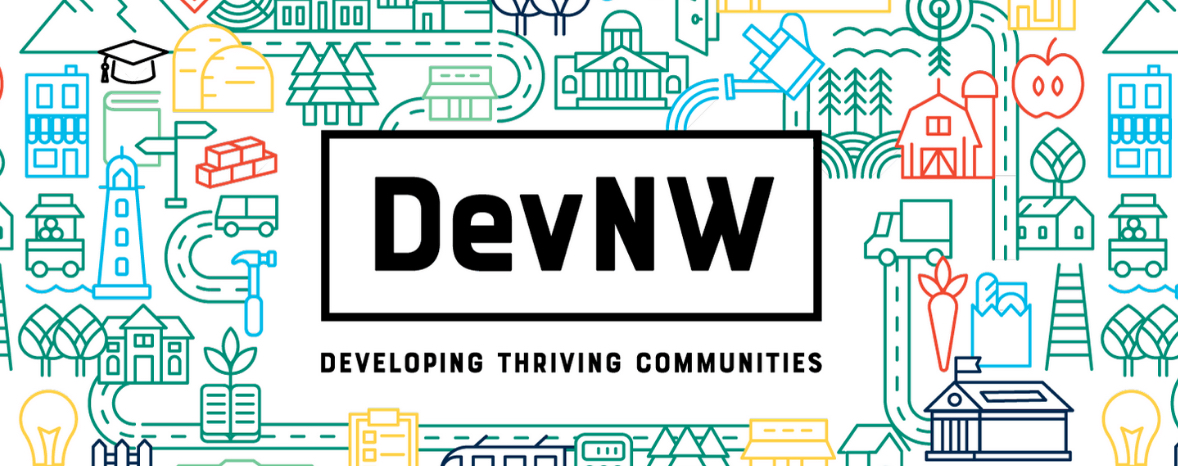

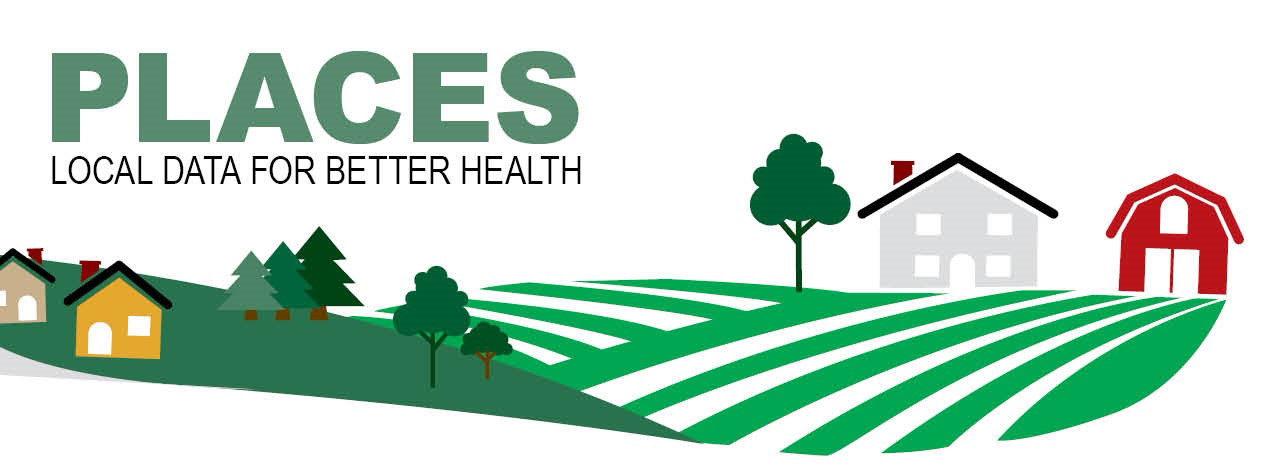


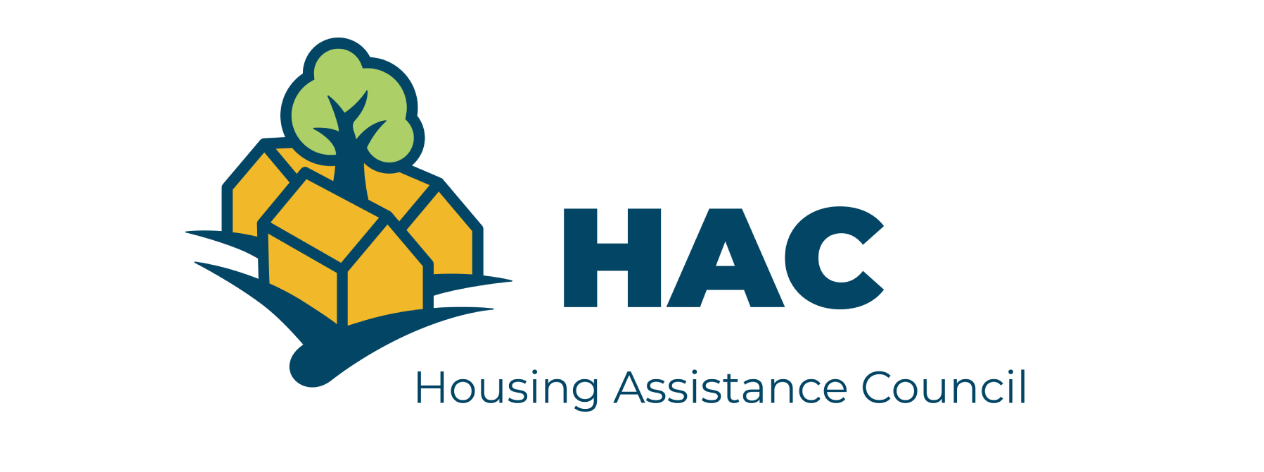





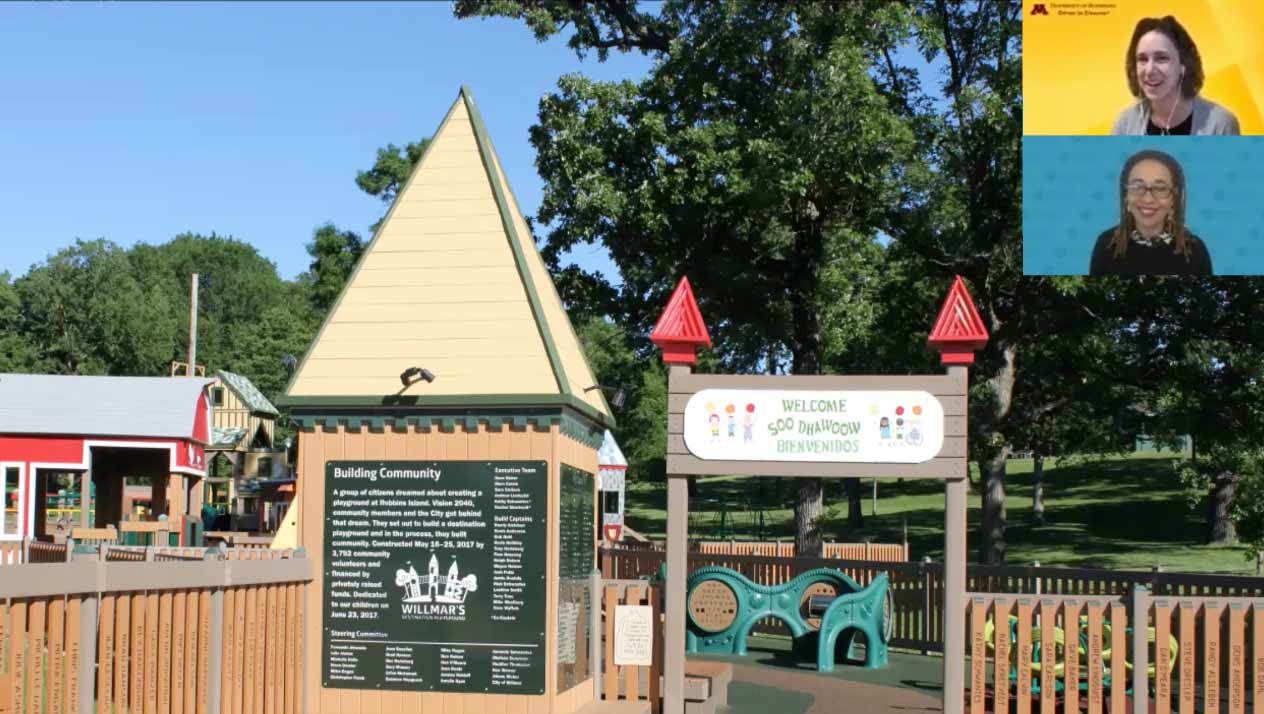
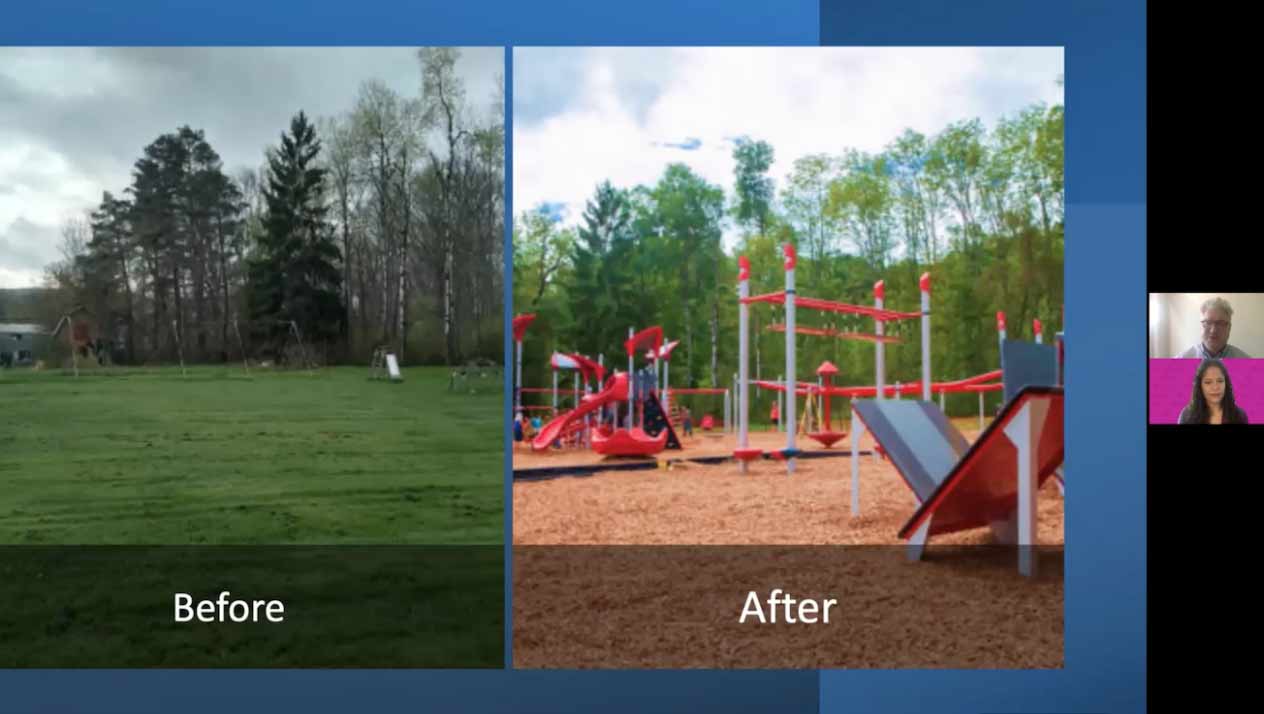

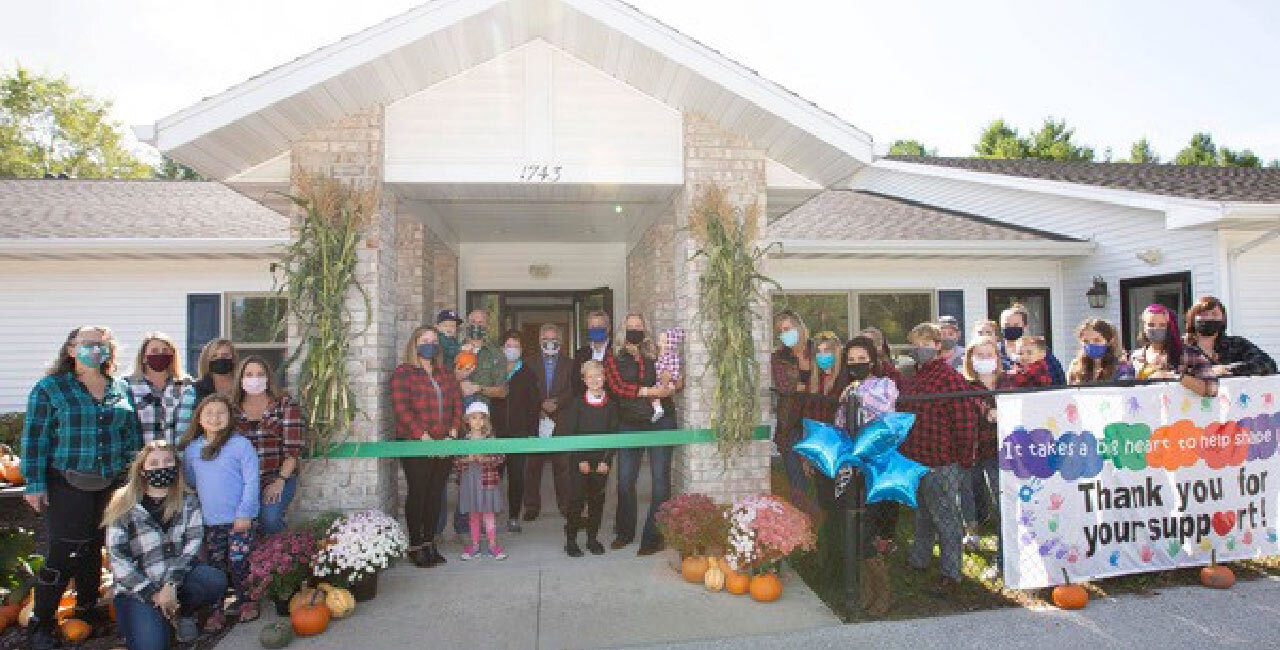
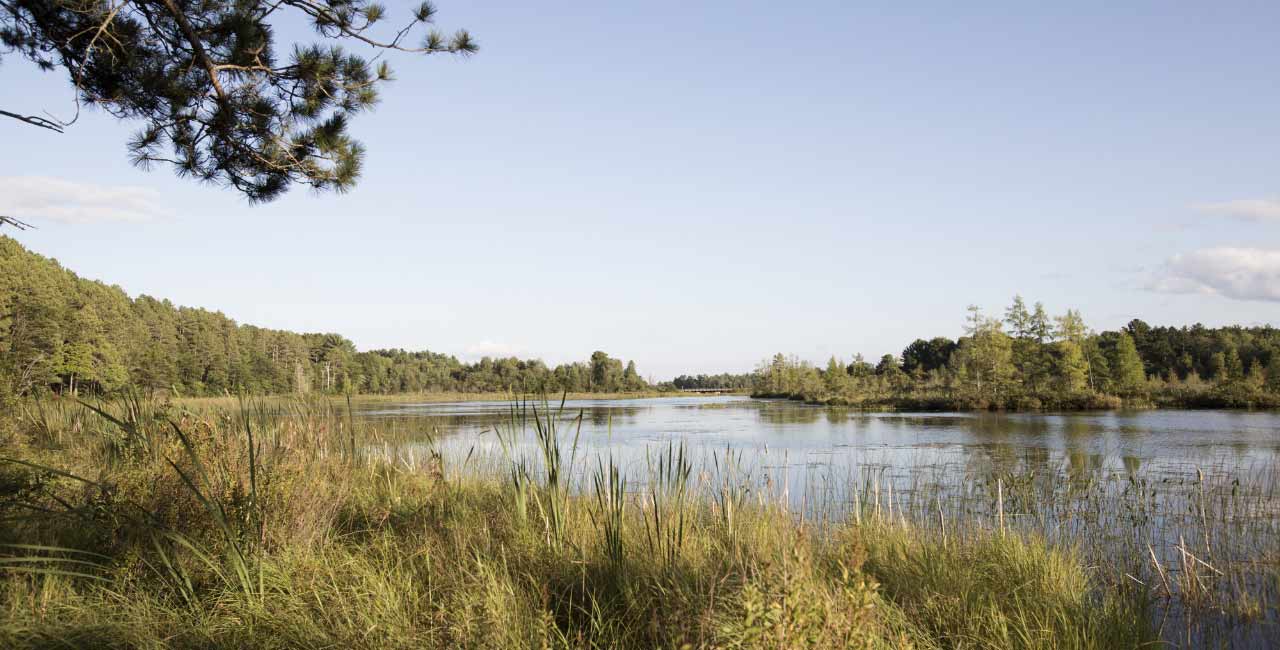
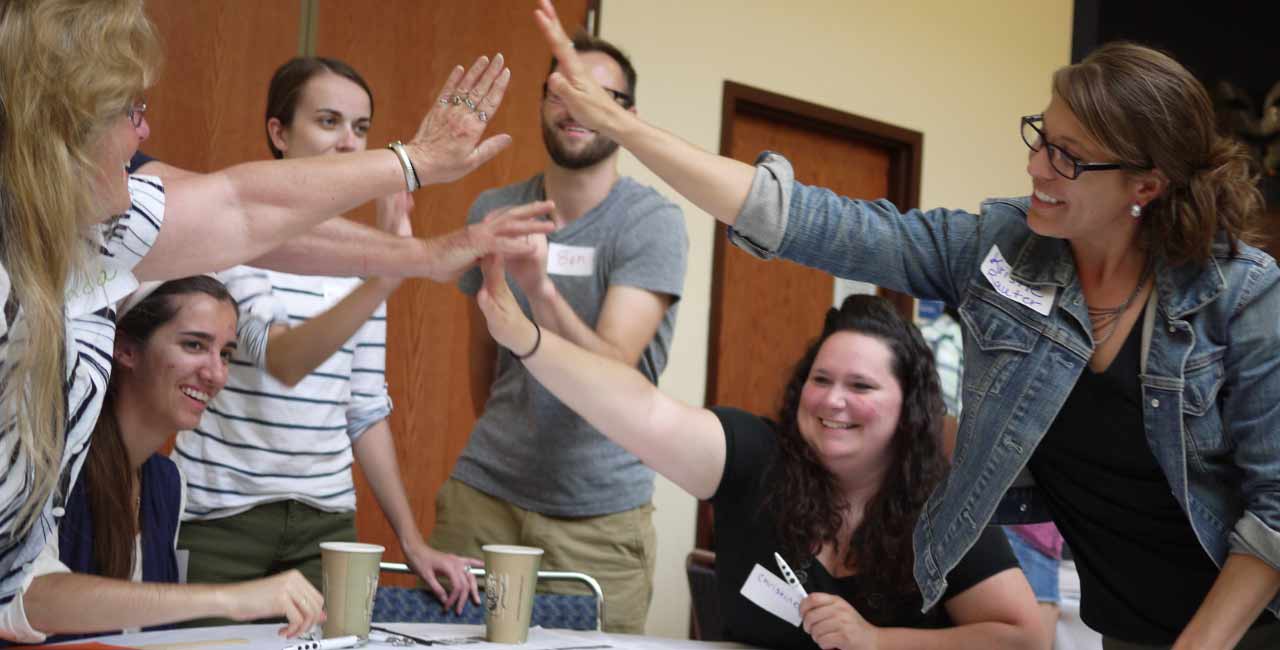



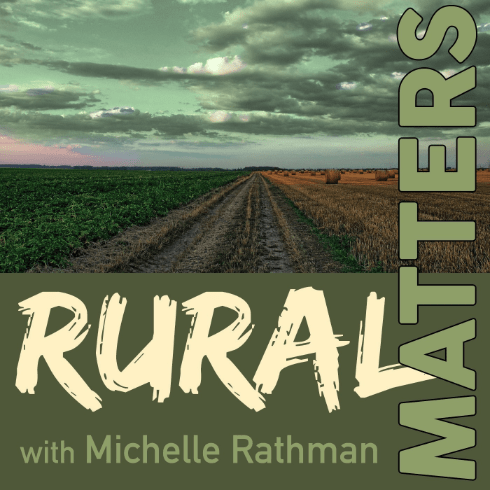

Social Determinants of Health
The Network adopts the World Health Organization’s definition of the social determinants of health: “The conditions in which people are born, grow, live, work, and age, including the health system.” Specific social determinants of health include economic and housing stability, employment status, educational attainment, access to health care, access to healthy foods, exposure to crime and violence, and environmental conditions (see Healthy People.Gov). By improving neighborhood conditions, community development addresses multiple social determinants of health, thus providing a pathway and means to finance the neighborhood changes required to achieve health equity.